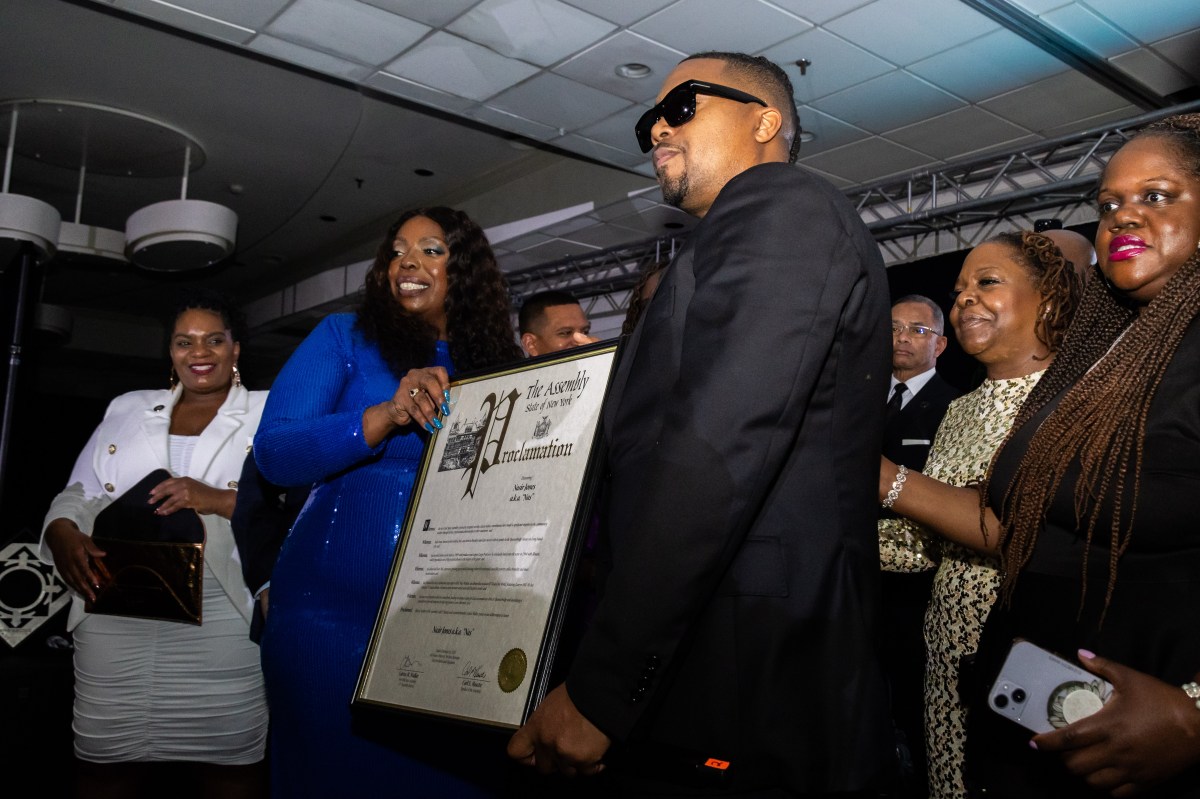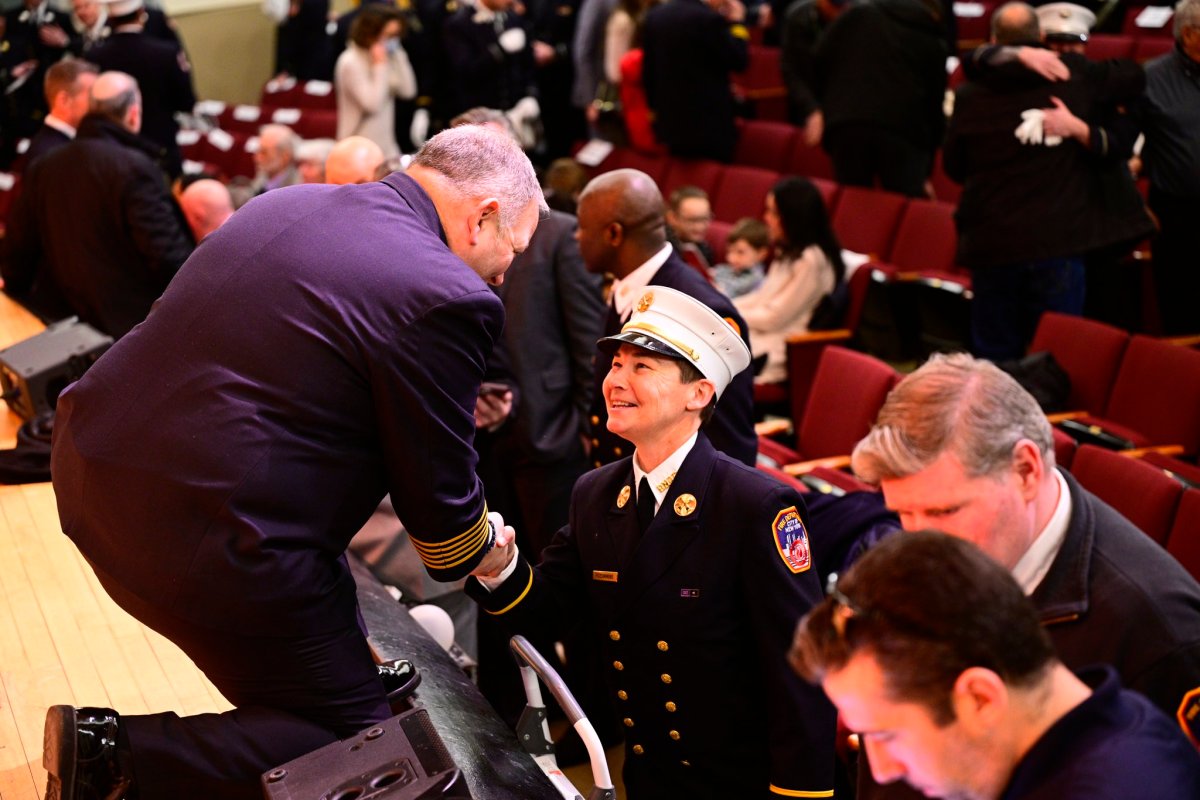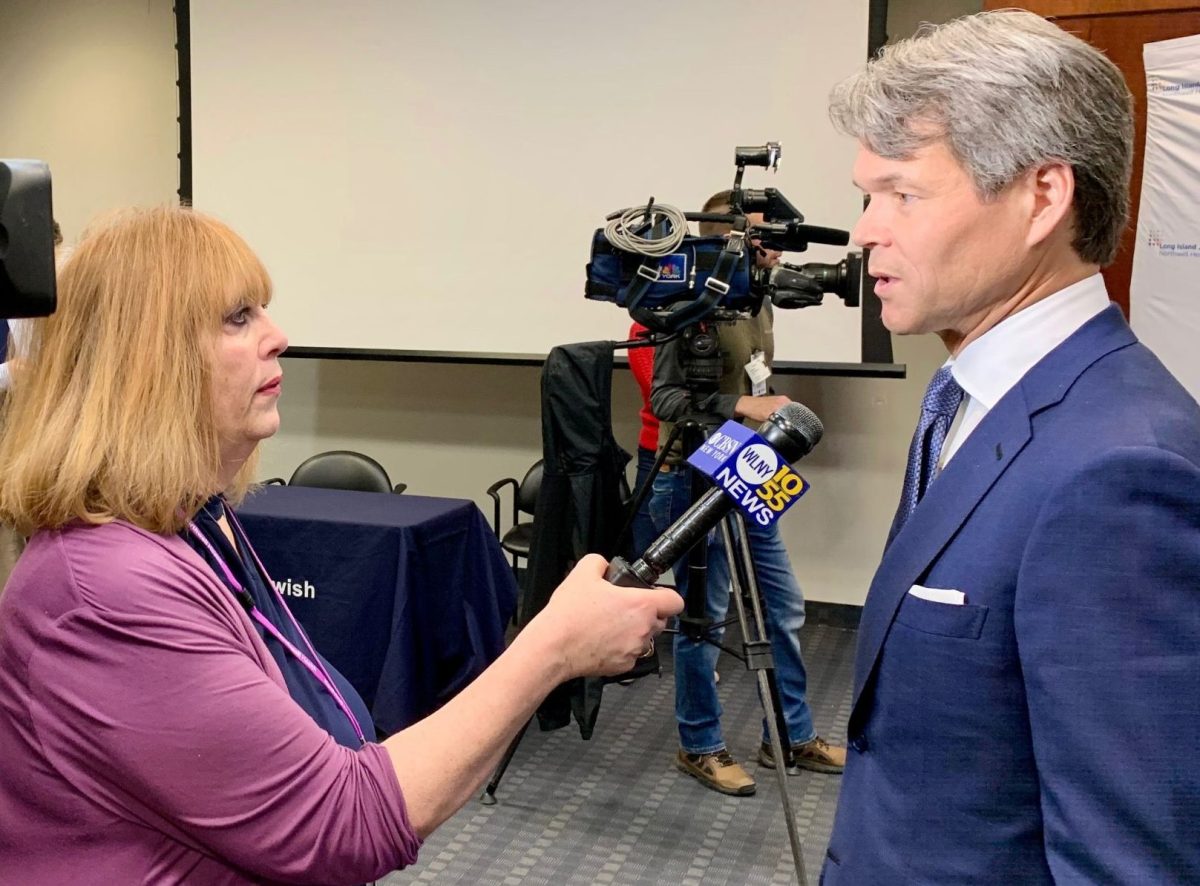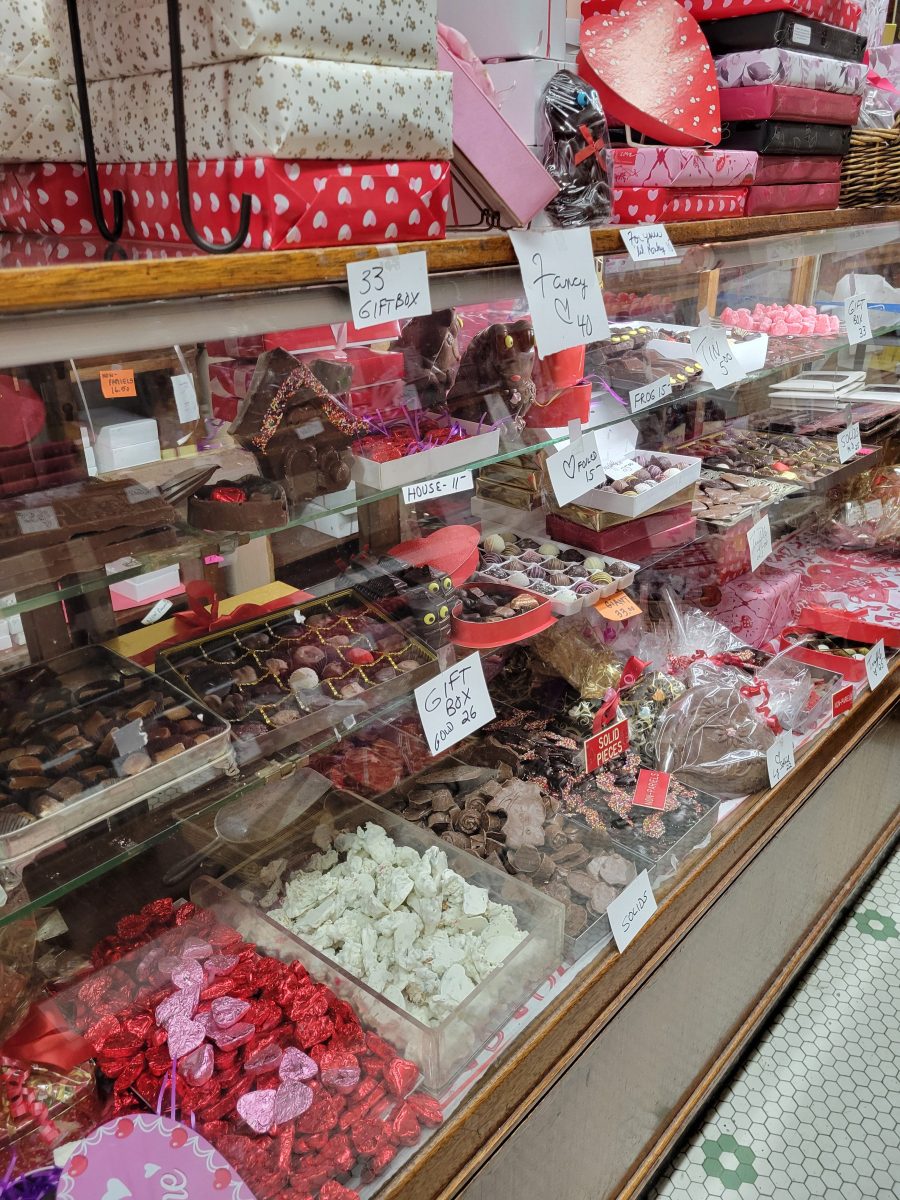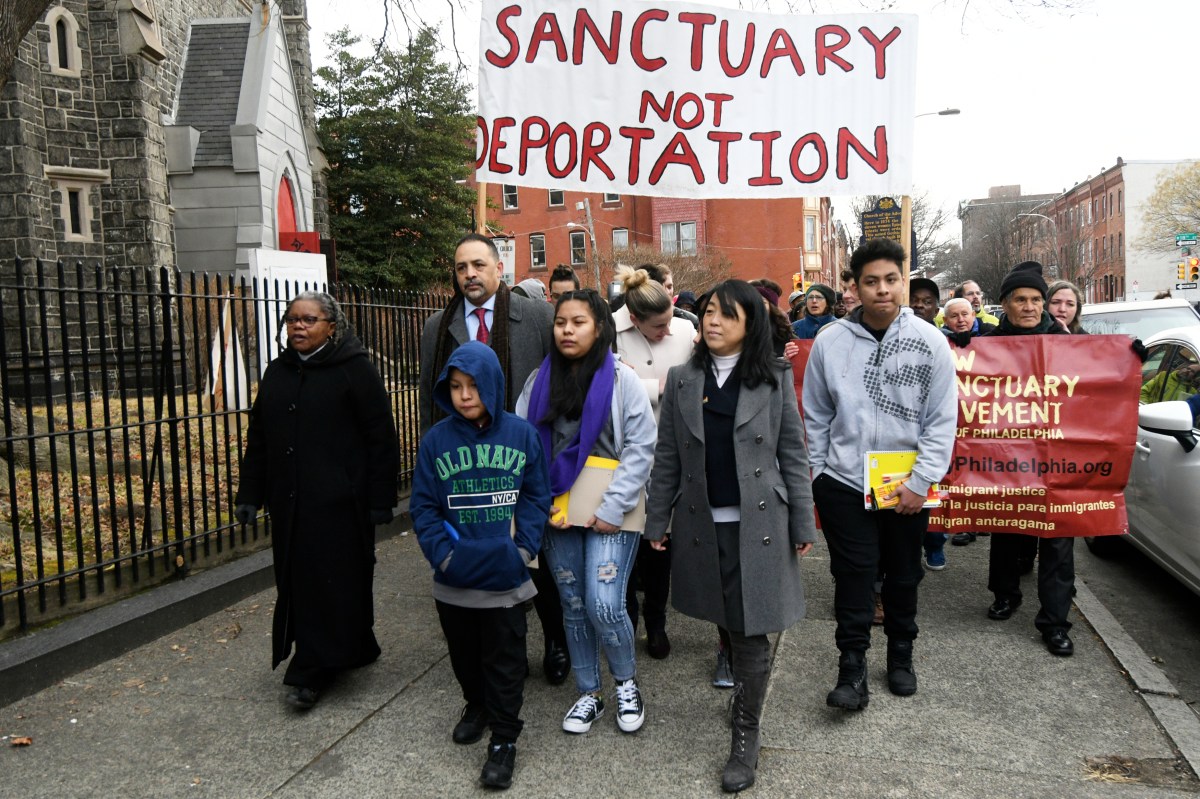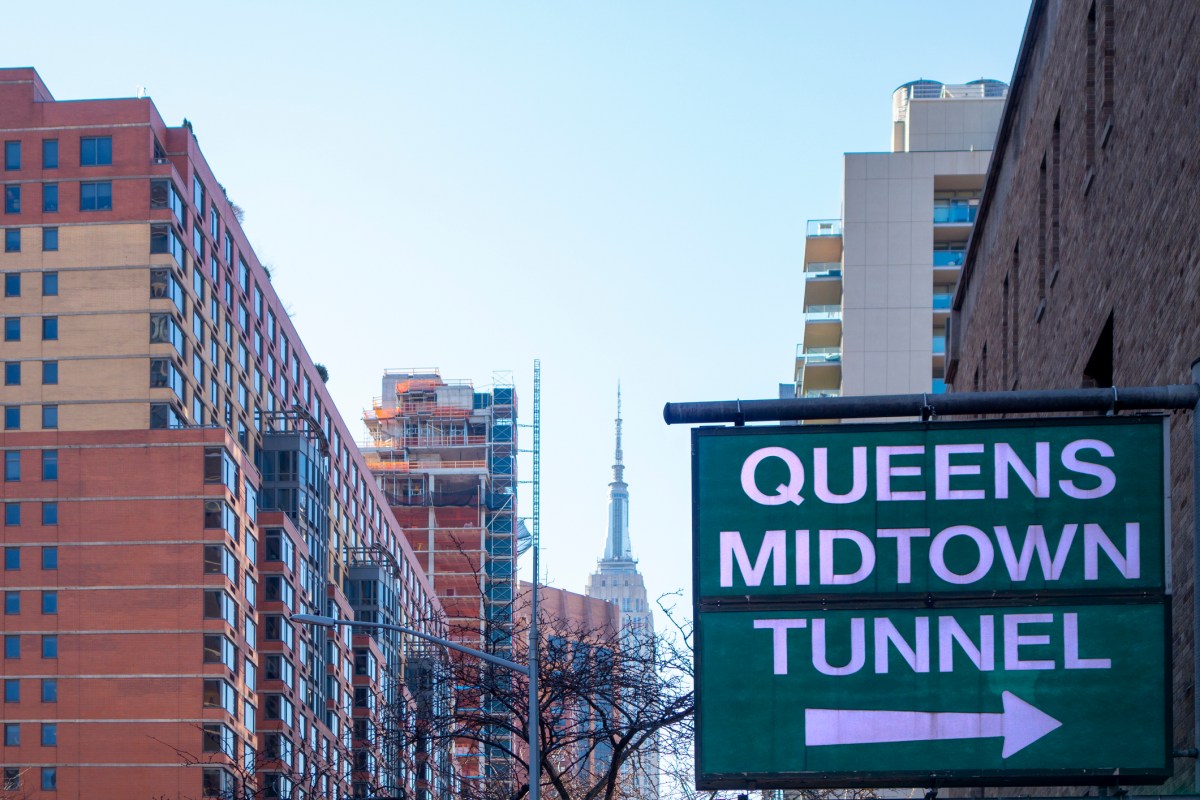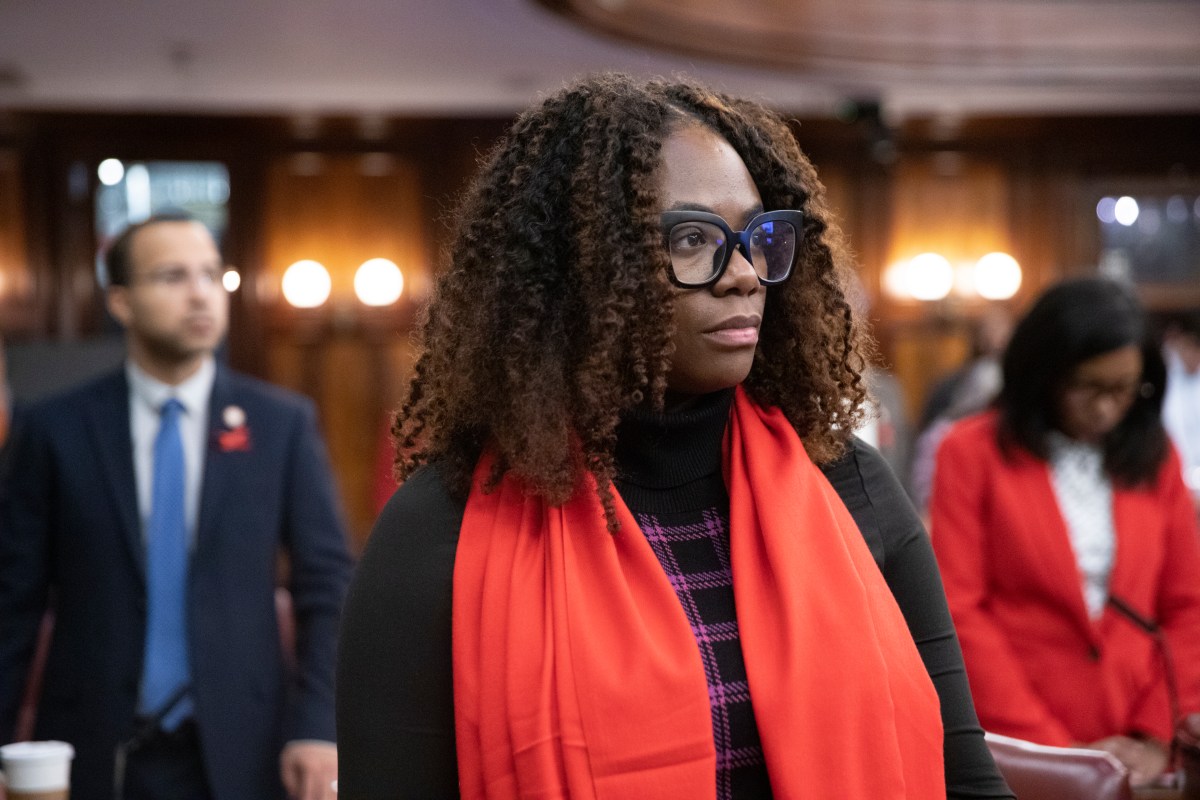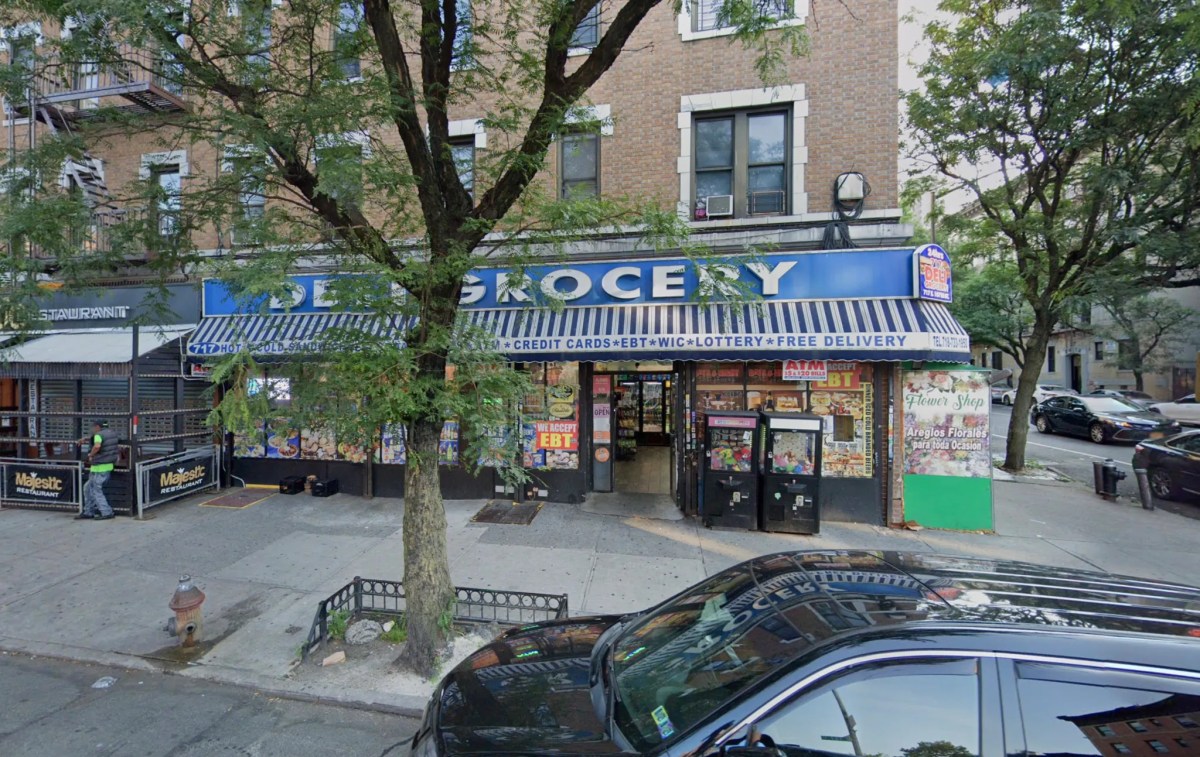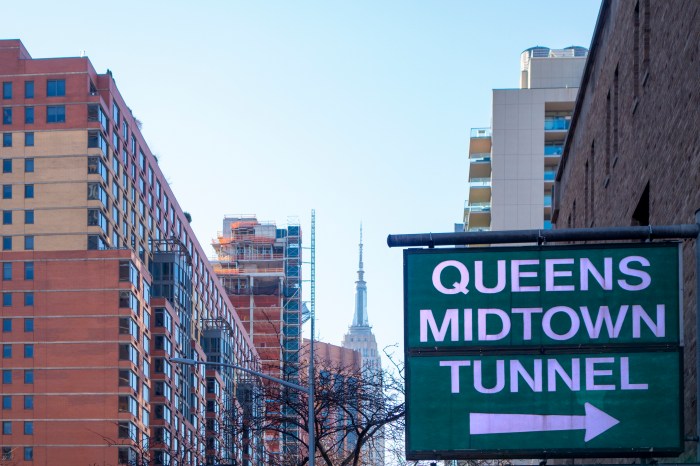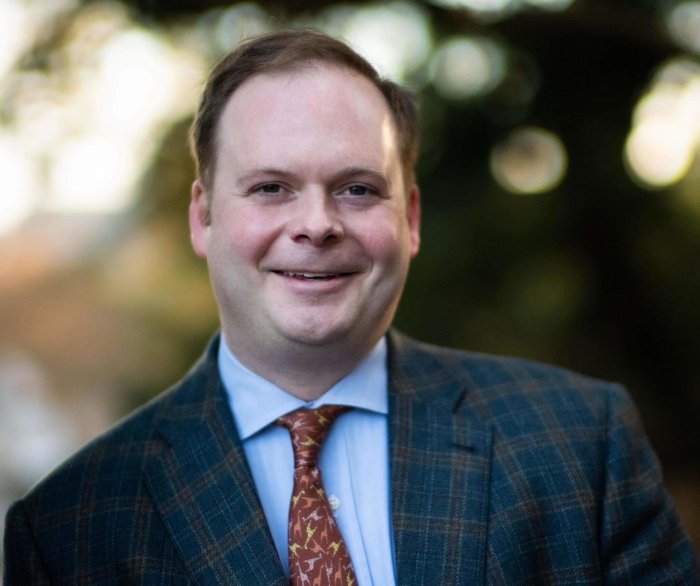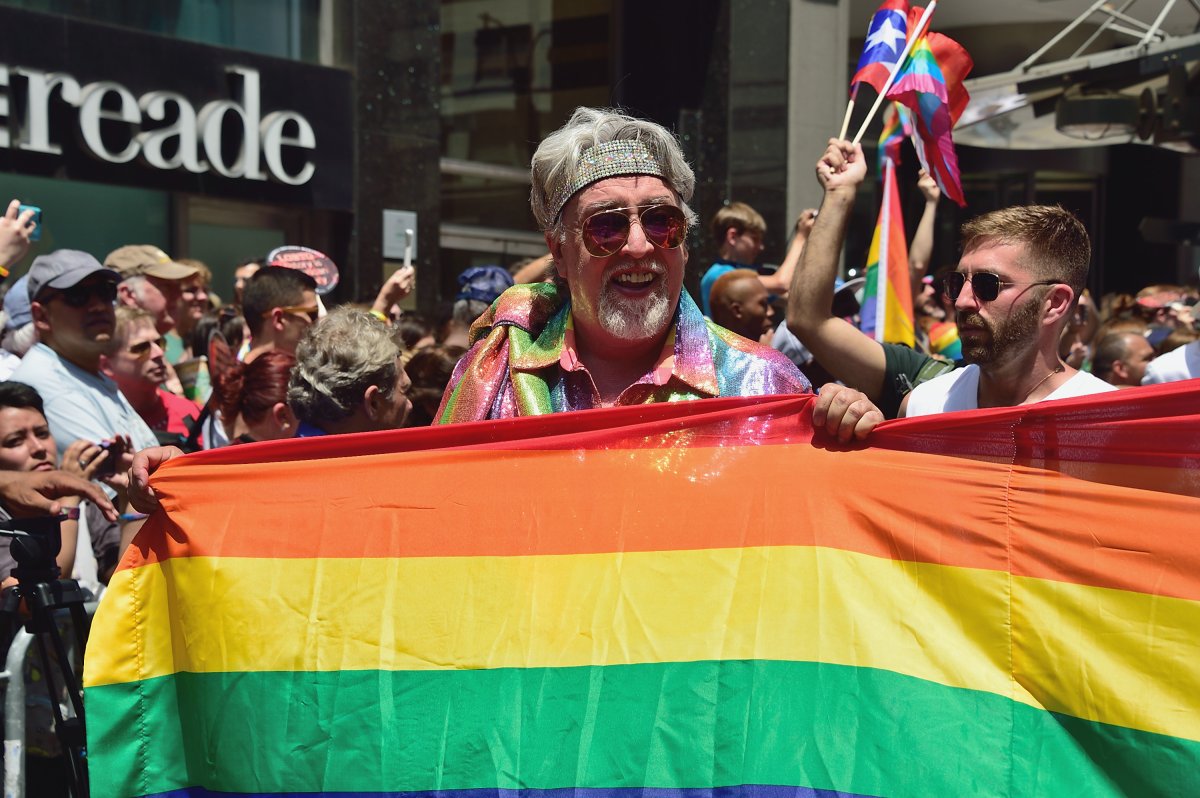
BY ANDY HUMM | Gay pioneer and artist Gilbert Baker, who died in his sleep at age 65 on March 31 at his home in Manhattan, did not just create the iconic rainbow flag. He gave it away freely to the world where it was embraced in every corner — from its origins in San Francisco to Russia and Uganda and Kathmandu — as the universal symbol of L.G.B.T.Q. liberation and the diversity of the L.G.B.T.Q. community.
Gilbert’s untimely death came as a shock to his many friends, fellow activists and admirers and reverberated around the world, just as his creation has.
Gilbert was not just the Betsy Ross of the L.G.B.T.Q. community who sewed the flag and versions of it, from small to massive, but one of the community’s foremost front-line revolutionaries. He made and carried protest banners for actions decrying the homophobia of Vladimir Putin, the once-exclusionary St. Patrick’s Day Parade on Fifth Ave., and Donald Trump — to name just a few targets in recent years.
Gilbert’s work made these actions pop — and he was almost invariably on hand to unfurl his banners and to join in holding them up.
Gilbert’s rainbow flag was the only flag ever to have been acquired by the Museum of Modern Art, which first displayed it in 2015. Immediately after the debacle of the 2016 election, MoMA moved it to its grand entrance hall to wave over visitors and welcome them all.
When Mike Pence, the anti-L.G.B.T.Q. vice president-elect, moved to a suburban Washington neighborhood during the transition last fall, many of his new neighbors tried to send him a signal of who they were by festooning their houses with rainbow flags.
Gilbert’s rainbow flag has been projected on iconic buildings from the Empire State to the Eiffel Tower in celebration of L.G.B.T.Q. pride.
President Barack Obama lit up the White House in rainbow colors on the evening of June 26, 2015, when marriage equality triumphed at the U.S. Supreme Court. And Trump, who has surrounded himself with anti-L.G.B.T.Q. activists and is gutting L.G.B.T.Q. rights, even appropriated one to hold up at a campaign rally in a deceptive effort to soften his reactionary image. The flag is also flown by merchants around the world to signal that they are L.G.B.T.Q. friendly — or at least want the business of L.G.B.T.Q. people and their allies.
When the 25th anniversary of the Stonewall Rebellion was marked in New York in 1994, Gilbert stitched together a rainbow flag that was literally a mile long to mark the occasion monumentally. It took 5,000 people to carry it up First Ave. past the United Nations. For the 2003 Key West Pride Parade — the year the Rainbow Flag was 25 years old — he exceeded his own world record for “world’s longest flag,” by making one that extended across that resort town from the Atlantic Ocean to the Gulf of Mexico.
He was active in preparations for Stonewall 50 in 2019.
A vigil was held in Gilbert’s memory Friday, the day of his death, in San Francisco’s Harvey Milk Plaza where Gilbert’s huge rainbow flag has flown for 20 years on a 70-foot-tall pole. Gilbert never wanted the rainbow flag to fly at half-staff — even for himself. (Gilbert submitted a similarly tall display of his flag in a design competition for a memorial in Hudson River Park to those who were victims of the 2016 Orlando Pulse massacre and other hate crimes. The decision of Governor Andrew Cuomo’s Task Force on that memorial’s design has yet to be announced.)
Gilbert first created an eight-color rainbow flag (including hot pink and turquoise, in addition to the six primary and secondary colors) in San Francisco in 1978 in those heady days when Harvey Milk had been elected that city’s first openly gay supervisor. (That November, Milk was assassinated at City Hall along with Mayor George Moscone by former Supervisor Dan White.) Gilbert’s activist friend Cleve Jones, an aide to Milk, helped him dye the fabric.
“I knew right away this was the most important thing I would ever do,” Gilbert said in 2013.
Gilbert said he got the idea in 1976 during the U.S. bicentennial.
“American flags were on everything,” he recalled. “It gave me the idea that we could have a flag because, even though we’re not a nation, we’re a people.”
“That day when he raised the first Rainbow Flag [to fly over City Hall on Gay Freedom Day], he knew that was his life’s work,” Jones told the San Francisco Chronicle. “And for every march, every protest, every celebration, every memorial, he was always sewing and sewing and sewing. It’s an example of how one person can have an amazing and brilliant idea that reaches not just millions, but hundreds of millions of people.”
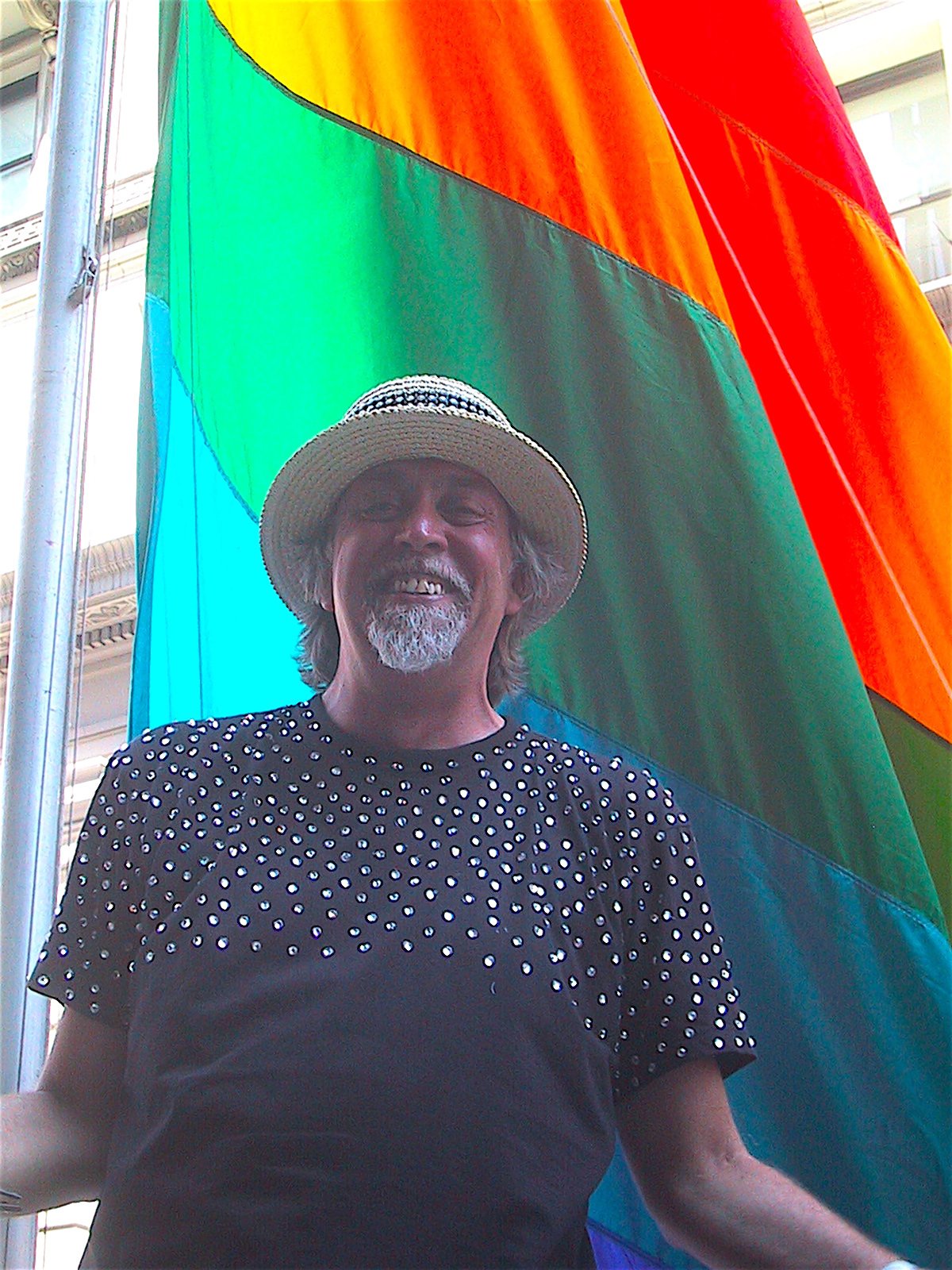
Gilbert never “patented” his flag design and it remains in the public domain, as all flags apparently do. He wanted the world to have it and actively promoted it.
Gilbert’s longtime friend Charley Beal, a gay activist who was also art director on the film “Milk,” said, “Gilbert just finished 39 nine-color rainbow flags, adding the color lavender for diversity for the 39th anniversary of the rainbow flag to be shown at a gallery in San Francisco during Pride Month. He got up and made art every day. He was relentless. He put all his passion in the stitches. One of his greatest accomplishments was when he unfurled the mile-long flag in 1994. He cut the flag into large pieces that were given to delegations from Pride organizations around the world, and within a year those pieces were showing up at Pride celebrations from Brazil to China to Cuba — in effect internationalizing the flag as a symbol of the L.G.B.T. community.”
Richard Ferrara, another close friend, said, “In 1985, Heritage of Pride brought the rainbow flag from San Francisco to New York. There were not rainbow flags here before that. I was the merchandizing chairperson for HOP for two years starting in 1986 promoting the flag and our Keith Haring logo.”
Matt Foreman, then with HOP, said, “We just embraced it instead of the Christopher Street West version with the lambda in the upper left corner.”
Gilbert gave a tremendous boost to the 25-year protest against the exclusion of Irish L.G.B.T.Q. groups from the St. Patrick’s Day Parade in New York. While hundreds protested the exclusion of the Irish Lesbian and Gay Organization in the 1990s, he supported the smaller continuing protest of Irish Queers in 2014 with a “BOYCOTT HOMOPHOBIA” banner that took up half a city block and delivered a message to all who disrespected the boycott. It was held aloft by a larger group in 2015. The next year — for a variety of reasons — parade organizers relented and allowed the L.G.B.T.Q. group Lavender and Green to participate under their own banner.
Gilbert was born in Chanute, Kansas, on June 2, 1951, his father a judge and his mom a teacher. He served in the Army from 1970 to 1972 and was honorably discharged, an account of which he described to the late Randy Shilts for his 1993 book about gays in the military, “Conduct Unbecoming.” Like many gay vets who passed through or were stationed in San Francisco, he settled there.
“I went from being a pretty dumb kid in Kansas growing up in the ’50s and all of the bomb scare and Eisenhower and everything very Republican and always feeling outcast…to a place of liberation in San Francisco at the very moment gay rights was exploding,” he said in 2013.
Gilbert was an artist and a philosopher in his creation of the flag in ’78, assigning meanings to each of its original eight colors: hot pink for sexuality, red for life, orange for healing, yellow for sunlight, green for nature, turquoise for magic and art, blue for serenity and harmony, and violet for spirit. The number of stripes and colors changed over the years, but never its overall call for L.G.B.T.Q. liberation and inclusion.
“Anyone can be an activist,” Gilbert told Radio Free Europe/Radio Liberty in a 2013 interview, “but it’s not easy… . You have to be free yourself, you have to have your own core values, and you have to have some courage and some steel, and that’s really hard for a lot of people. … You can’t do it by yourself. You have to build bridges, you have to have a loving environment, loving friends, people that you trust and support to work together to achieve it. I don’t think individuals are able to achieve as much as the mass.”
Gilbert is survived by his mother, Patricia Baker of Conroe, Texas, and sister, Ardonna Baker Cook of Cypress, Texas.
In a written statement, his mother and sister said, “He will be dearly missed by his family, friends and the art world, as well as the entire L.G.B.T.Q. community. He led a bold and inspiring life by bringing the rainbow flag to the world and teaching others about the beauty in diversity.
“We are working alongside Gilbert’s friends and the community to plan a public memorial service soon.”
Inside St. Paul’s Cathedral in London, the epitaph to its great architect, Sir Christopher Wren, says, “Reader, if you seek his memorial — look around you.” No one has to look far to see the memorial to the great artist and activist Gilbert Baker. It flies everywhere L.G.B.T.Q. people seek to be free.



